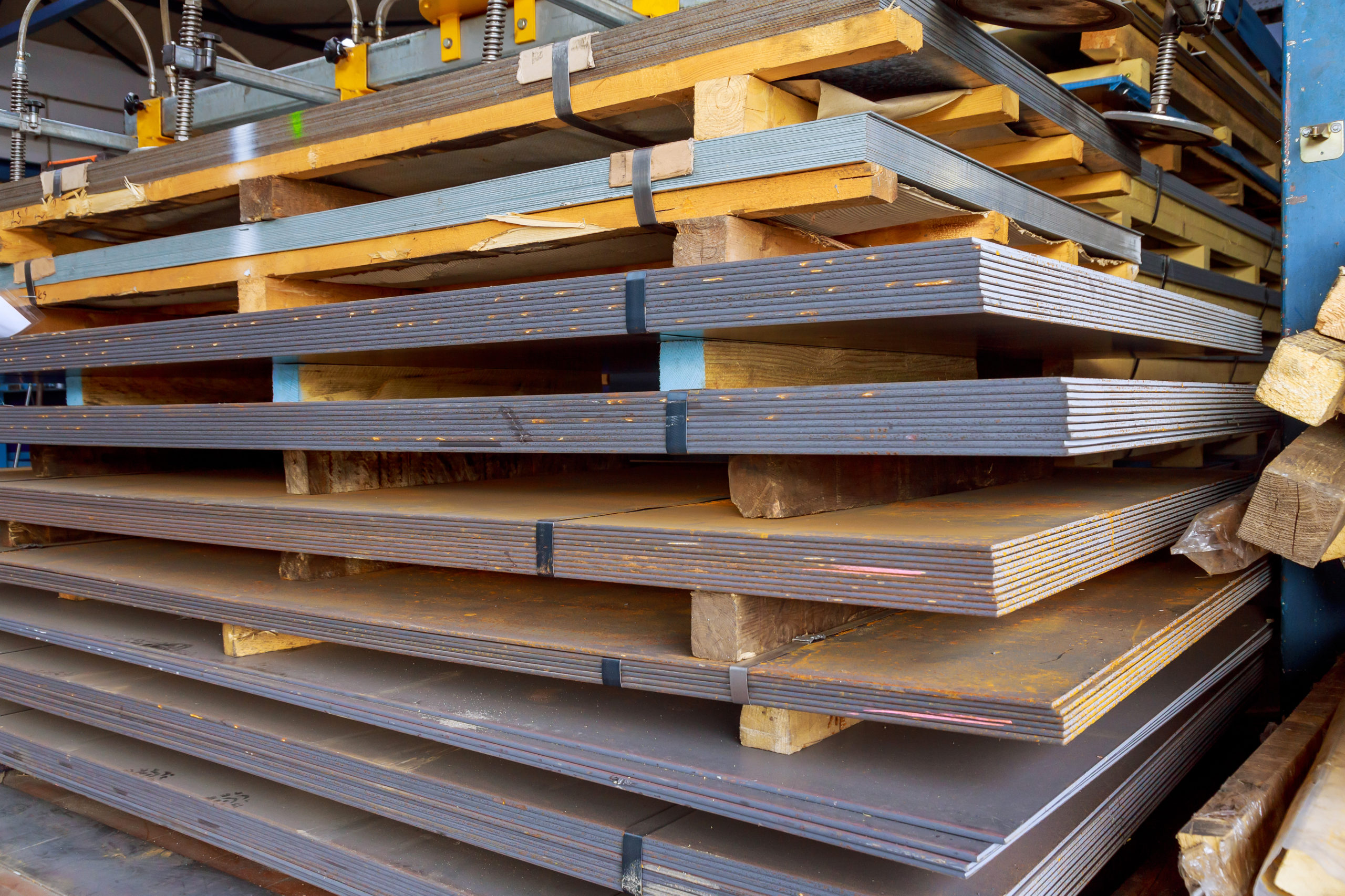Since the beginning of the Coronavirus pandemic, many supply chains were immediately immersed in a pool of chaos, and the steel industry has been no exception. And unfortunately, the magnitude of the pandemic disruption is still felt today – two and a half years later – at an increasingly alarming rate.

At the beginning of the pandemic, demand for steel dropped, but then quickly skyrocketed. This has caused the demand for steel to be much higher than the supply because of the reduced workforce. Without the manpower, it’s impossible to produce at the same, pre-pandemic rate. This is causing a magnitude of frustration for both consumers and manufacturers.
At one point, steel prices were more than $1,900 per ton, which is 300% above their pre-pandemic levels. That’s compared to steel prices between $500 per ton and $800 per ton before the pandemic.
What can you do to help combat this issue?
Here are a few tips for businesses in the steel industry:
- Consider Alternatives
Leverage technology to discover untapped ways to substitute steel. Different metals and alloys could be used in place of steel for the short run or could potentially be developed to be more effective in the long run. Further, industries could have a stockpile of different metals due to shortages in their respective production, providing another alternative outlet. - Partner with Your Competitors
Those that used to be your competition could be your biggest asset. Pairing up with other manufacturing companies and exchanging materials could benefit both businesses. - Educate & Inform Your Customers
Keep in regular contact with your customers to provide explanations regarding extended project timelines and increased costs. Once customers understand the supply chain disruption and the root cause of the shortage, they will become more understanding. Transparent communication is the key to a successful relationship. - Divide Your Orders
Most manufacturers have a “go-to” mill where they order their steel supply, but looking around for different steel mills and placing smaller orders could allow for a quicker fill time. - Research Internationally
There is an abundance of steel outside of the United States, it is up to manufacturers to research top-producing countries and how their rates and production time compare respectively to the United States.
Now more than ever we need to work together to get through this supply chain havoc. If you have any other tips on how you’re surviving the steel shortage, please share those with our business development manager, Tom Heinmiller at theinmiller@sterlingpe.com.

